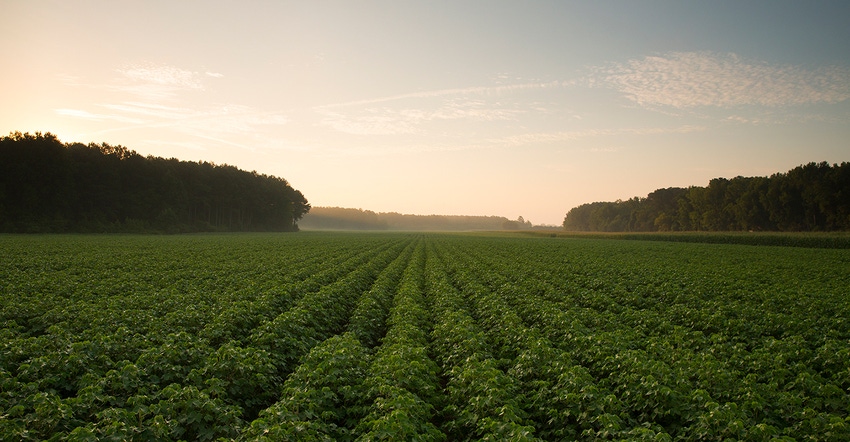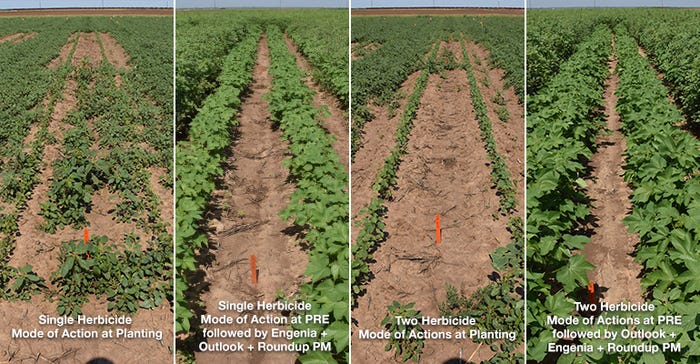May 23, 2022

Sponsored Content
The blood pressure (and heart rates) of growers this season has been dialed way UP. Input supply is a struggle across the country and weeds are only becoming more problematic. According to a recent study conducted by Kynetec for BASF Agricultural Solutions, growers are spending up to five hours a week thinking through their weed management strategy.
“This year, more than before, having a sound weed management plan in place is crucial for growers,” says Adam Hixson, BASF Technical Service Representative. “This year will challenge growers, but they are a resilient group, and we’ll get through it together.”
Hixson shares his key takeaways from last year and what growers must do this year for effective weed control and a strong season.
Tip #1: Get scientific with your weed management plan
Understanding weed biology will go a long way for growers improving on their weed management plan. While growers are used to monitoring soil temperatures to give them insight on when to plant their cotton, they should also monitor temperature in preparation for Palmer amaranth. When the soil temperature reaches 60 degrees Fahrenheit, Palmer amaranth will begin to germinate. And if a grower hasn’t applied a residual, like Outlook® herbicide and Prowl H2O® herbicide, they are already one step behind.
Key takeaway: Herbicides need to be out in the field prior to weed germination, so time your residual application when the soil temperatures are around 55 degrees.
Tip #2: Early season weed competition will lead to late season problems
Last year we saw a good amount of early season weed competition and witnessed how that affected the growth of cotton plants. When weeds and cotton plants are competing for nutrients early on, it creates problems for the plant that go beyond early season vigor. Lack of growth hurts your weed control later in the season because when it takes longer to get to canopy (and provide that needed shade), there are more opportunities for weeds and threats to your yield.
Key takeaway: Remember, the last “herbicide” in the field is shade. Ensure your plant gets to canopy sooner by taking care of those early season weeds.

Tip #3: Know the ins-and-outs of your herbicides
With herbicide supply concerns on the front of growers’ minds, understanding the strengths and weaknesses of each product is extremely important. Growers might have one opportunity with a short-supply herbicide, so they can’t make the mistake of incorrectly applying it.
For example, Liberty® herbicide is a contact herbicide that requires complete coverage of the weed to achieve desired level of control. Knowing the correct nozzle selection (droplet size), weed size, and weather conditions will lead to success.
Key takeaway: Be prepared with a well-thought-out herbicide plan. Focus on controlling those early-season weeds with an application of Engenia herbicide mixed with AEGOS™, followed by Liberty herbicide and Outlook herbicide for best in-season control.
Growers are faced with challenges every year, but this season will be one for the books. Create a solid weed management plan and lean on your BASF team of trusted agronomic advisors to help you deliver optimum results and the best yield potential.
Engenia Herbicide is a U.S. EPA Restricted Use Pesticide.
A pH buffering adjuvant, like AEGOS™ or Sentris™ Buffering Technology, is required in every application of Engenia herbicide.
Always read and follow label directions.
AEGOS and Sentris are trademarks and Engenia, Liberty, Outlook and Prowl H2O are registered trademarks of BASF.
© 2022 BASF Corporation. All rights reserved.
About the Author(s)
You May Also Like




